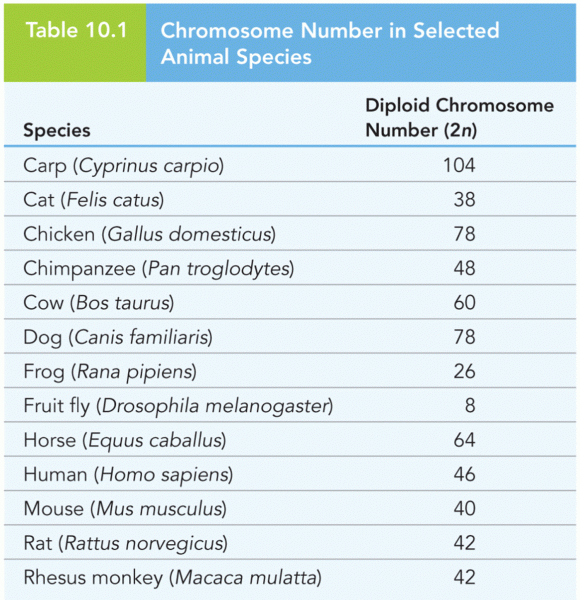Answer to Question 1Teaching agriculture education usually requires a four-year degree in agricultural education. Some programs
at elementary, middle school, and high school may use teachers with degrees in science and biology if an
agricultural education teacher isn't available.
Many of the pet care worker positions are entry level and require no special educational requirements.
Many employers hire high school students and high school graduates. Courses in biology, science, and animal
husbandry will help prepare students for pet care jobs. Business courses, such as bookkeeping, will help prepare
students for running a business.
A high school education and a four-year college degree are usually required to become a zookeeper.
Science courses in biology are helpful, too. To work in zoos that are operated by the government, one may
have to pass a civil service examination. Animal caretakers must be patient and enjoy working with animals.
Persons wanting to be animal trainers should like animals and have a genuine interest in working with
them. Establishments that hire trainers often require previous experience as an animal keeper or aquarist
because proper care and feeding of the animals is an essential part of a trainer's responsibilities. Some
positions require college degrees. Zoo and aquarium animal trainers usually must have a bachelor degree in a
field related to animal management or animal physiology.
To get the Doctor of Veterinary Medicine (DVM of VMD) degree, one must have graduated from one
of the 28 accredited schools of veterinary medicine in the United States. To become licensed to practice
veterinary medicine, one must also pass the state's oral and written licensing examination. One must have at
least two years of undergraduate training at a college or university before one can apply for admission to a
veterinary college. Many students earn a bachelor's degree before they apply for admission.
To become a veterinary technician, one needs to complete a two- to four-year college-based program
leading to the associate degree from a community or technical college whose program has been accredited
by the American Veterinary Medical Association. A high school diploma is an essential requirement for
admission to such a program. Courses in algebra, chemistry, biology, and English are essential.
All biologists have earned undergraduate degrees in science. Most go on to complete master's and
doctorate degrees in their areas of interest. A master's degree and a doctorate are essential for any biologist
who wishes to conduct serious research, publish in scholarly journals, and obtain a faculty position at a
college or university.
Answer to Question 2Animal caretakers may work indoors or outdoors. They must get used to animals and should not mind
cleaning up after them. Their work may involve lifting heavy animals and equipment. They may have to drive
a station wagon, van, or light delivery truck to pick up and deliver pets. Their work involves dealing with
people, so workers should be friendly and courteous. Many pet care workers work 40 hours a week. Some
must also work or be on call evenings and weekends.
Animal breeders and technicians work in all types of facilities, from barns and pens to private homes or
housing facilities.
Zoo administrators work long and exhausting hours. They may take paperwork home with them, stay at
the zoo through the night nursing a sick animal, or get up in the middle of the night to meet a pair of rhinos
arriving at the airport. They must pay close attention to detail and have great patience. Animal curators,
veterinarians, and zoologists have the satisfaction of working with and learning from the animals. The
director works under a great deal of pressure.
The working hours for animal trainers vary considerably, depending on the type of animal, the performance
schedule, and whether travel is involved. For some trainers, such as those who work with show horses,
hours can be long and quite irregular. Except in warm climates, animal shows are seasonal, running from
April or May through mid-autumn. During this time, much of the work is conducted outdoors. In winter,
trainers work indoors, preparing for warm-weather shows. Trainers of aquatic mammals, such as dolphins
and seals, must feel at ease working around water. The physical strength required depends on the animal
involved, and animal trainers usually need greater than average agility.
Working conditions for pet groomers can vary greatly, depending on the location and type of
employment. Many salons and pet shops are clean and well lit, with modern equipment and clean
surroundings. Others may be cramped and dark. Groomers need to be careful while on the job, especially
when handling flea and tick killers, which are toxic to humans. When working with any sort of animal, a
person may encounter bites, scratches, strong odors, fleas, and other insects. He or she may also have to deal
with sick or bad-tempered animals. Groomers who are self-employed can work out of their homes. Many
people covert their garages into work areas. Some groomers buy vans and convert them into grooming shops.
They can drive to the homes of the pets, which many owners find convenient. Groomers usually work a
40-hour week and may have to work evenings or weekends. If they work any overtime, they are compensated
for it. Those who own their own shops or work out of their homes, like other self-employed people, work very
long hours and can have irregular schedules. Other groomers may work only part-time. Groomers are on
their feet much of the day, and their work can get tiring when they have to lift and restrain large animals.







